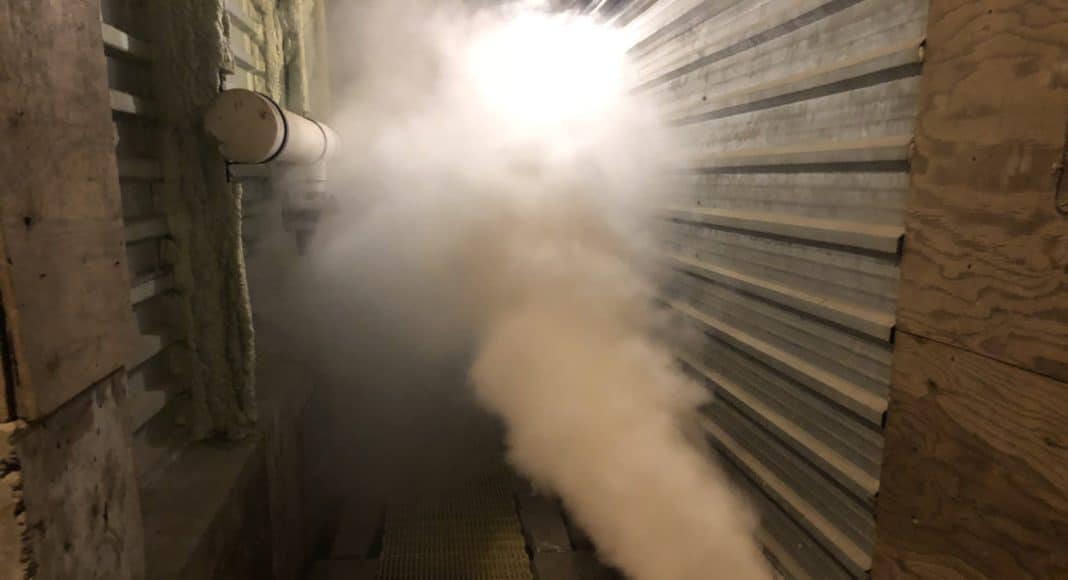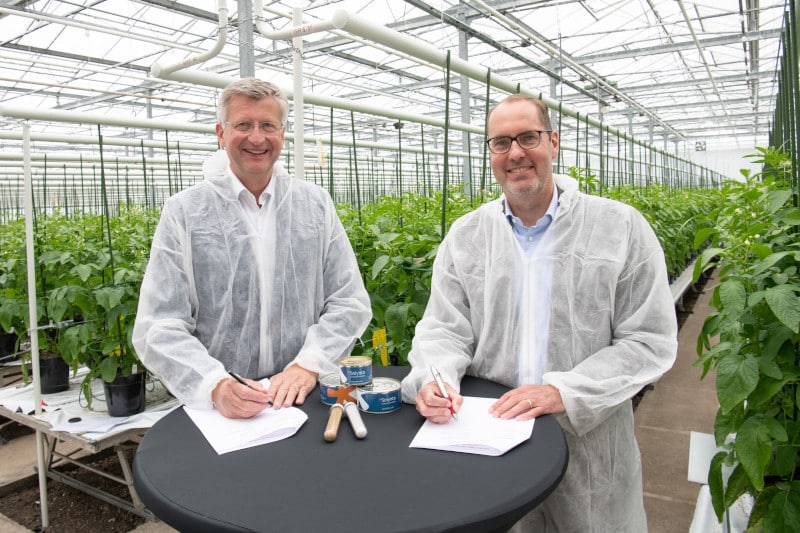A ‘ban’ on the use of CIPC for potato growers in the EU has the potato industry on both sides of the pond concerned.
When chlorpropham (CIPC) came up for review in early 2018, European potato growers weren’t overly concerned about losing the sprout inhibitor. Later that year, though, it became clear non-renewal was a very real possibility.
The European Food Safety Authority (EFSA) had raised concerns regarding risk, and when those concerns were not quelled, authorization was withdrawn.
CIPC alternatives are available, but none so far work as well — and they’re more expensive. Could deregulation in Europe impact North America’s potato growers? No one knows for sure, but preparedness is key.
The Unexpected ‘Ban’
When chlorpropham came up for re-evaluation in 2018, the EFSA was asked to examine a renewal assessment report prepared by Risk Management Solutions (RMS). Several concerns were raised during the course of re-evaluation.
Specifically, the ESFA found the highest chronic exposure to chlorpropham residues had, at that time, exceeded the acceptable daily intake (ADI) by 180 per cent, and exposure to residues of its metabolite 3CA had exceeded ADI by 195 per cent. In an acute assessment, chlorpropham exceeded acute reference dose (ARfD) by 797 per cent, 3CA exceeded ARfD by 2360 per cent.
At the time, the EFSA also raised concerns about the potential endocrine disrupting properties of chlorpropham and asked for a risk assessment report for non-target anthropods. When this could not be finalized, the European Commission (EC) asked the applicants, a task force made up of Certis Europe, Aceto and UPL, to submit counterarguments to their findings.
Their defense wasn’t convincing enough to suppress concerns, explains Nele Cattoor, regulatory affairs manager at Belgapom — a non-profit association for the Belgian potato trade and processing industry.

“In March 2019, the task force withdrew support for all representative uses,” Cattoor says. “In other words, no safe use could be identified.”
Europe’s potato sector was caught by surprise. “In 2018, everyone still believed we had a chance to get renewal for CIPC,” Cattoor adds. “Later that year, it became clear that this was utopia, given the very adverse ADI and ARfD numbers.”
As a result, renewal wasn’t granted and European Member States were ordered to withdraw authorizations for plant protection products containing chlorpropham by Jan. 8, 2020.
“It became clear that with such toxicological reality we could no longer, in good conscience, proceed and looked towards the future,” says Cattoor.
The authorities granted a grace period which expired on Oct. 8, 2020 and told Member States to make the grace period as short as possible. Some countries waited until the grace period ended, while others withdrew chlorpropham earlier. In Belgium, growers were given until June 30, 2020.
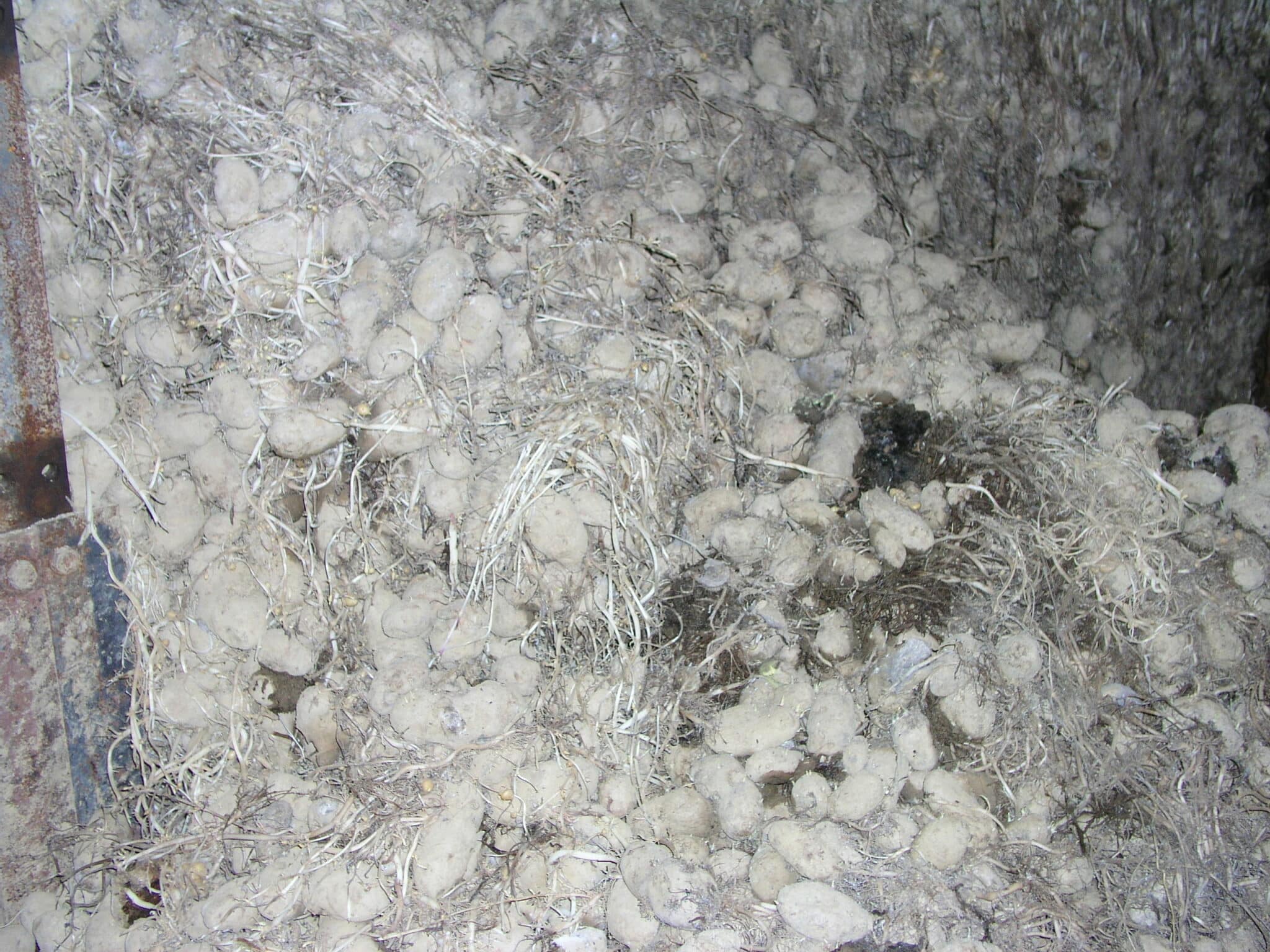
“The first proposal of our Ministry was actually to withdraw it from January 2020 onwards,” explains Cattoor. “We managed to explain the seasonal characteristics of the potato crop and storage and got extension until the end of June 2020.”
“The Belgian Ministry of Public Health did not want to open the door to misuse by allowing it to be used at the start of the next season,” she adds. “They wanted the 2019 crop to be the last treated crop.”
Choosing an Alternative
Following non-renewal, growers and storage specialists began experimenting with CIPC alternatives. There are several available, including ethylene gas, spearmint oil (sold as Biox-M), orange oil (sold as Argos), and 1,4DMN (sold as DormFresh in Europe).
Although there are alternatives available, each seems to present a challenge. While 1,4DMN is approved for use in many Member States and some third countries, it’s not approved in the countries of some of Europe’s biggest trading partners. This sometimes means no residues, which translates to less than 0.01 mg/kg, can appear on products.
1,4 Dimethylnapthalene (1,4DMN) is a naturally occurring potato hormone which stabilizes dormancy, and then volatilizes away completely. Because it’s naturally present in potatoes, there’s some discussion as to how maximum residues are being measured.
United under the European Potato Processors’ Association (EUPPA), European potato processors are currently working closely with DormFresh to find a solution, Cattoor says. They’ve made a priority list of third countries (countries which are not EU members but have the right to free movement within the EU) and are working diligently with authorities to come to an agreement. Due to competition rules, Belgapom CEO Christophe Vermeulen is not at liberty to discuss which third countries they are working with or why. But he did say the process is ongoing.
“There are no bumps in the road to a permanent solution,” he says.
Ethylene gas offers growers another solution but presents challenges as well. Since it causes undesirable fry colour, it’s more suitable for table stock potatoes than processing potatoes. But in Belgium, some traders claim ethylene isn’t ideal for table potatoes either.
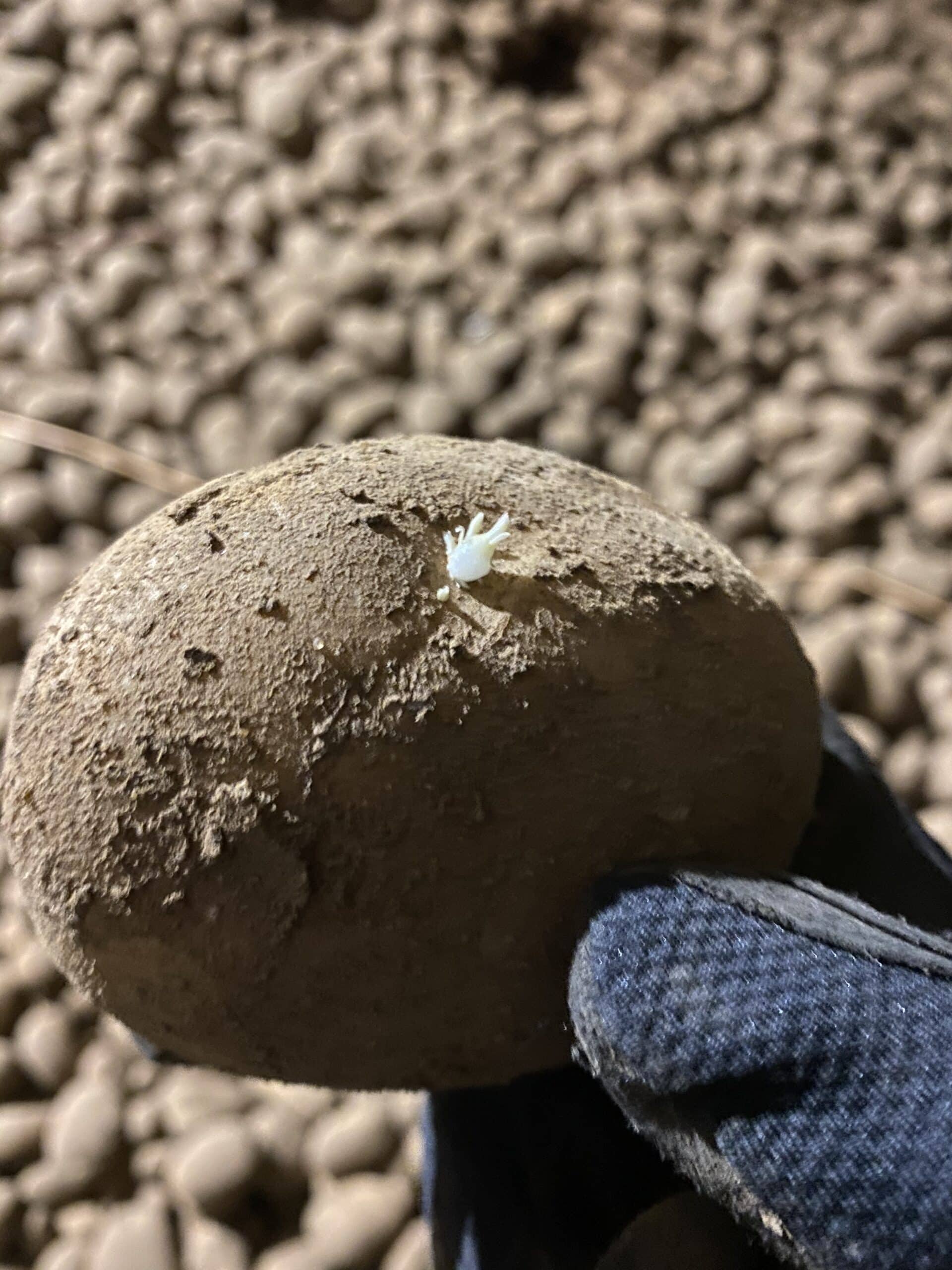
Farmers who have opted for spearmint and orange oil have also faced challenges. Both products have a similar flashpoint, and fires have occurred in some cases in Germany, where applicators insufficiently cleaned equipment between applications. In Belgium, the branch organization Belpotato.be worked together with Certis and UPL to draft information sheets on how to safely work with these new products. Both phyto companies are currently working to get cold nebulization approval, explains Cattoor, which would eliminate the fire hazard.
“These alternatives take some getting used to,” she says. “It will take some seasons to get sufficient knowledge.”
Pricey Alternative Options
As an independent potato consultant and owner of Potato Solutions, Tim Kitson has been working with United Kingdom potato growers for 25 years. In the past decade, he’s witnessed growers slowly move away from CIPC, opting instead for frequency drive fans and alternative sprout inhibitors. By the time CIPC was deregulated, UK potato growers were already testing Biox-M and studying the effectiveness of ethylene.
“If someone had asked me if I would be confident storing potatoes without CIPC, I would have been nervous and skeptical,” Kitson says. “But as we currently sit today, about halfway through our storage cycle, we’re making good use of Biox-M, and we’re learning a lot about air distribution and how the product works.”
While Biox-M does work, uniform distribution can be a challenging, says Kitson. Biox-M is a volatile product which moves via airstream — it can be difficult to reach all corners of the storage unit.
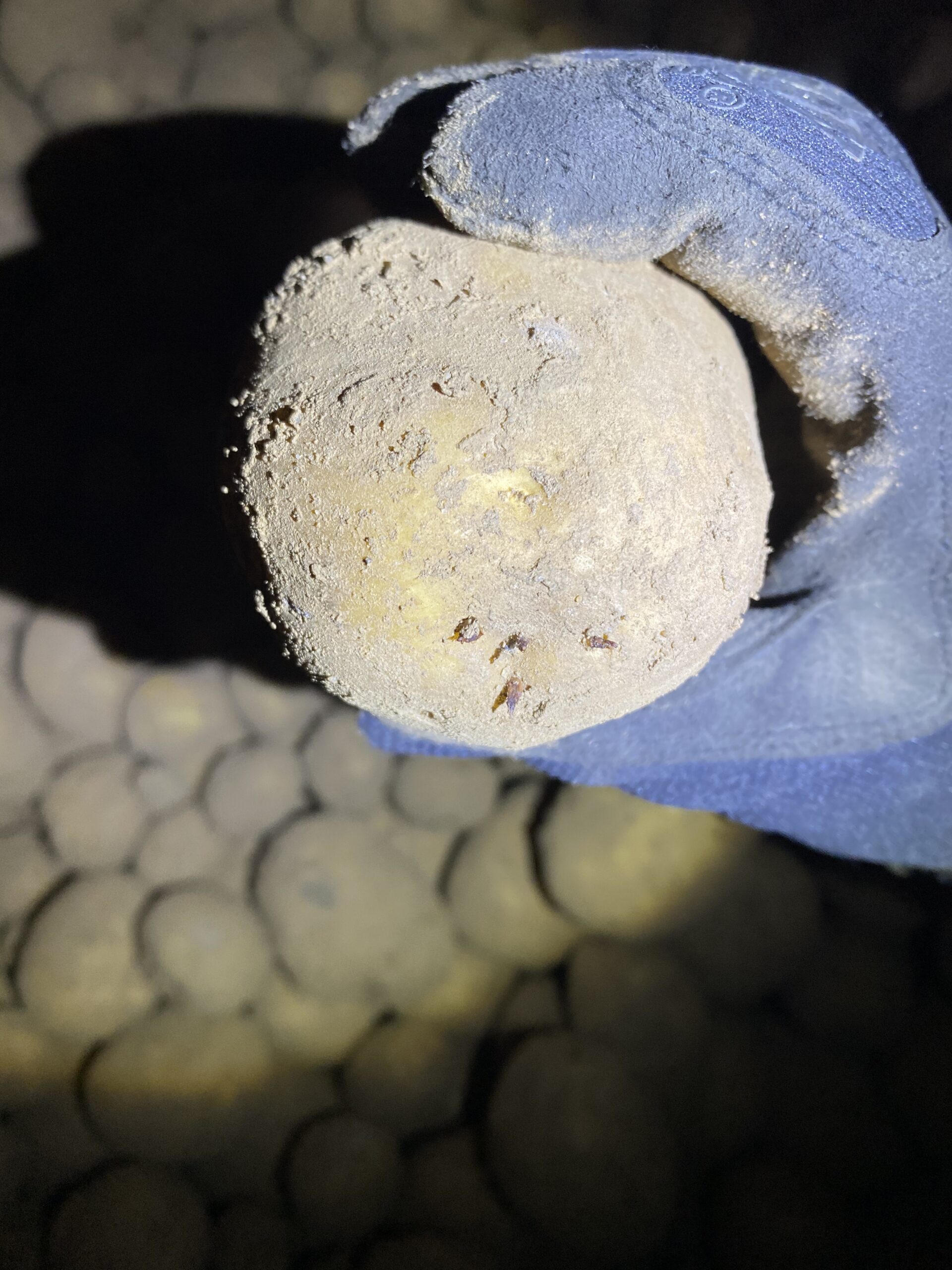
Another downside is cost, as Biox-M costs three to four times more than CIPC. The product needs to be applied more often, too. Whereas CIPC could be applied every six to 12 weeks, Biox-M needs to be applied in four-to-eight-week intervals. In a market already under pressure, the additional costs create further stress.
Currently, the UK is sitting on a surplus, and the free-market price is not much higher than the cost of production. With storage costs so high, UK growers are struggling to make margins, Kitson says.
“It’s been a very tough year,” he says.
CIPC Concerns in North America
While University of Maine Crops Specialist and Extension Professor Steven Johnson doesn’t expect an outright ban in the United States, he is concerned by the EU’s decision to deregulate CIPC. His concern is consumers and end users, quick service restaurants such as McDonald’s, will demand CIPC-free potatoes.
“The spillback isn’t always the legal banning,” he explains. “It’s the declining of potatoes or deciding not to use it ahead of being banned.”
In the past, the U.S. has also shipped potatoes to Europe. Although, that’s limited now, potential exporters won’t be keen on closing the doors. Johnson is also concerned about a ban in Canada, as many of the potatoes in his region are processed over the border.
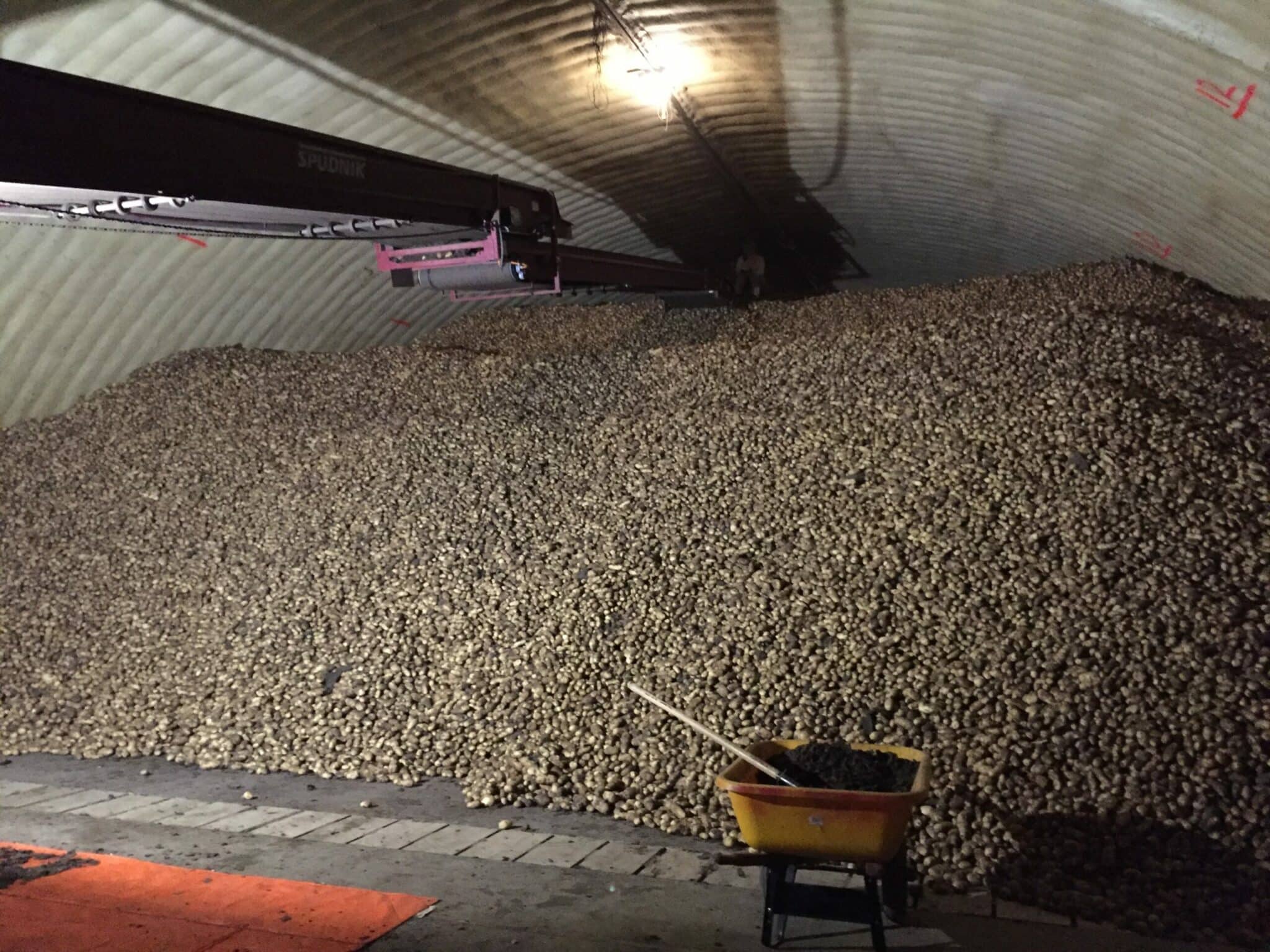
Europe’s ‘ban’ on CIPC has led to enormous discussion behind closed doors. Johnson believes it’s just a matter of time before North American farmers face the same challenges.
“It’s a problem, knowing what to do,” Johnson says. “Some of the options are not as good.”
While they do have access to alternative products, they don’t have enough applicators to handle the number of storage units they currently have. And while growers could invest in the equipment, most are playing the waiting game.
“Our growers – they’re worried, they’re cautious,” explains Johnson. “They are positioning themselves to react, but we’re just not sure.”
While most growers wait it out, some are actively checking out the alternatives. Johnson is also preparing small trials to see what works best where. In the meantime, they’re watching Europe closely to see how farmers there are managing without CIPC.
“It’s my job to be ahead of the problems and not chase them,” he adds.
In Canada, growers have had access to alternative products like 1,4DMN for 10 years now. Registered for use in potatoes, 1,4DMN doesn’t have a maximum residue level in North America. It’s also the only product registered for dormancy management on seed potatoes, says Bill Orr, Canadian technical sales rep at 1,4 Group Canada.

Orr isn’t overly concerned about CIPC deregulation in Canada. It was recently reregistered, and there were “no rumblings” in the industry, he says. “I’m not worried about losing it from a regulatory standpoint, but the global change in the use of CIPC may bring about the change to the industry.”
In the future, though, Orr expects growers will likely reduce their use of CIPC and supplement use with alternatives like 1,4SIGHT or 1,4ZAP.
“Sprout inhibition in North America will change from the standard one or two treatment program to a season-long storage program of multiple treatments that will deliver sprout-free, field-fresh potatoes to the end users,” he says.
Like Orr, Terence Hochstein, executive director of Potato Growers Alberta, isn’t concerned about losing CIPC in the short term. But it could be an issue down the road when the Health Canada Pest Management Regulatory Agency (PMRA) conducts another review.

“We’ll cross that bridge when we get there,” Hochstein says.
Hochstein does have concerns, pointing out European fry exporters could start using ‘CIPC-free’ as a marketing tool to gain market share in North America or elsewhere in the global market.
“Then it could muddy the waters,” he says. “We’ll wait and see what happens on that.”
While Canada doesn’t export processed potatoes to Europe, it does receive imports from the continent. According to Kevin MacIsaac, general manager of United Potato Growers of Canada, imports of EU frozen potato products to North America were up 42.3 per cent in 2020. This includes a 31.3 per cent increase in frozen imports to Canada, and a 42.8 per cent increase in frozen products to the U.S.
MacIsaac says they’re watching the CIPC issue very closely. He doesn’t know how Canadian growers would deal with its loss, if it came down to it. European farmers have his sympathy, he says.

“How do we deal with that?” MacIsaac asks. “I don’t know. I hope we don’t have to deal with it right away.”
“It’s something that’s on the horizon, it’s just a matter of how far away the horizon is.”
Back in Europe, Cattoor says there are no plans to pursue reregulation. Producers did push, and received, a temporary maximum residue limit (MRL). It will enter into force on Sept. 2, 2021.
“This was granted because the European Commission and Member States acknowledged the historical contamination of potato storages through long time use,” asserts Cattoor.
In the meantime, the European potato sector has been asked to prepare a report outlining the implementation of cleaning practices and frequency. In preparation of the report, Belgapom has sampled nearly 1,000 potato stores, monitoring them for chlorpropham residue through cross contamination. Farmers were asked to fill out a short questionnaire outlining how they cleaned storage units and how often.
Similar data is being collected in France and the Netherlands. Reports are to be submitted to the EC for review by Dec. 31, 2021. The dossier will be updated in subsequent years.


